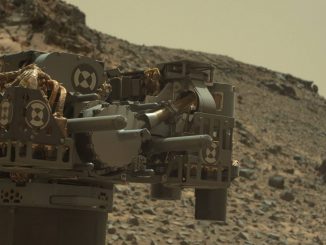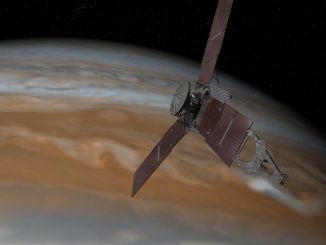
Jet Propulsion Laboratory

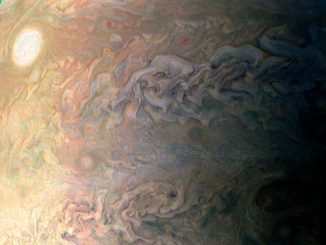
Juno dives over Jupiter’s cloud tops with main engine still offline
NASA’s Juno spacecraft made a high-speed pass less than 3,000 miles over Jupiter’s turbulent clouds Thursday, taking dozens of pictures, measuring radiation and plasma waves, and peering deep inside the planet’s atmosphere, but officials still have not cleared the orbiter’s main engine for a planned maneuver to position the probe for improved science observations.

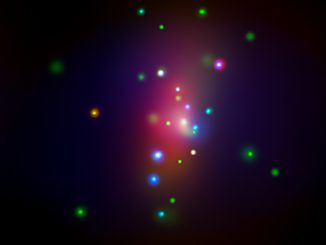
NuSTAR finds new clues to ‘chameleon supernova’
“We’re made of star stuff,” astronomer Carl Sagan famously said. Nuclear reactions that happened in ancient stars generated much of the material that makes up our bodies, our planet and our solar system. When stars explode in violent deaths called supernovae, those newly formed elements escape and spread out in the universe.

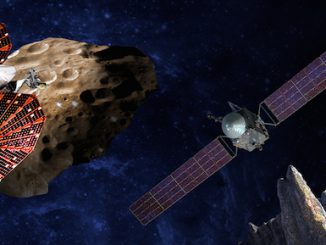
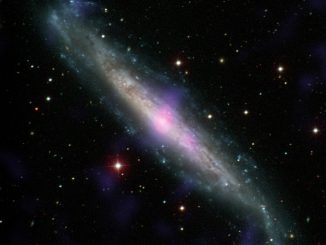
Black holes hide in our cosmic backyard
Monster black holes sometimes lurk behind gas and dust, hiding from the gaze of most telescopes. But they give themselves away when material they feed on emits high-energy X-rays that NASA’s NuSTAR mission can detect. That’s how NuSTAR recently identified two gas-enshrouded supermassive black holes, located at the centers of nearby galaxies.
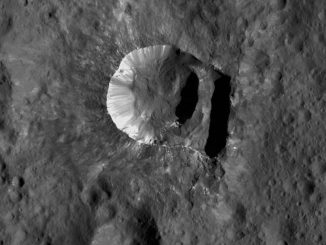
Hunt for water at Ceres goes underground
NASA’s Dawn spacecraft has continued its survey of the dwarf planet Ceres this year, discovering rock-bound ice hidden just beneath the airless world’s rugged surface and a handful of icy outcrops inside craters in the northern hemisphere, raising hopes that Ceres could have once held a buried habitable ocean of liquid water.
